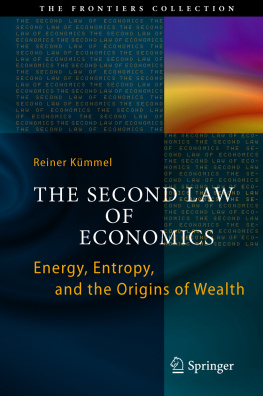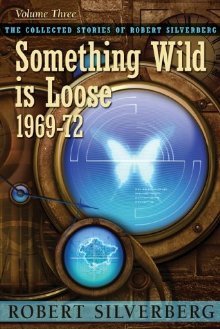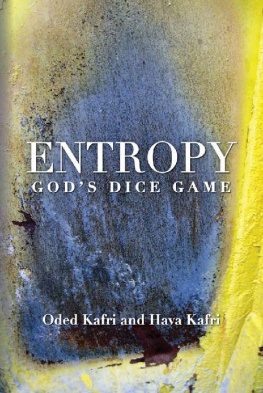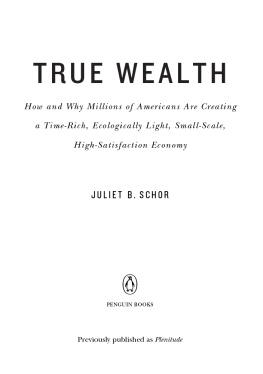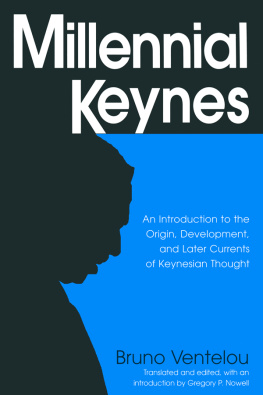Imagine an observer in the state beyond space and time from which one can watch the universe and human history unfold from the beginning to the end. Let us call him Abel. He takes us on a voyage through time and lends us his eyes and insight. This is what we see.
1.1 From the Big Bang to the Sun
A singularity out of nothing blows up in a glaring white. This is ENERGY the cosmic building stuff, Abel whispers as we watch in awe. You see the beginning of spacetime in the Big Bang 14 billion years ago. Right now the primordial content of the universe has a temperature of 1032 degrees.
Space and time expand. The quark soup condenses out of the glittering radiation. Then quarks form protons and neutrons. These fuse into the first light elements: deuterium, helium, and lithium. Now the universe is 100 seconds old, and its temperature is down to some billion degrees, Abel comments. The cosmos expands further. After 400,000 years matter and radiation decouple; space is filled by a multicolored glow: the cosmic background radiation and its fluctuations. A dark age follows for the next 600,000 years, when the first stars form and fuse the elements heavier than iron, such as copper, silver, and gold. Then stars and galaxies become visible. They proliferate and fill the universe with their shining glory, while it expands to size of over 100 billion light years. The cosmic background radiation has cooled down to a temperature just 2.725 degrees above absolute zero. Abel summarizes what we have seen:
All matter has condensed out of energy, all changes are driven by energy conversion, and all structures originate from energy fluctuations, such as the ones you note in the slightly warmer and colder regions of the background radiation.
Before we rejoice about having the full cosmic vision, Abel cautions us: You have just seen 5% of what the universe contains. The rest is 20% dark matter and 75% dark energy. He refuses to reveal more about dark matter and dark energy, stating that he is only allowed to show what is already part of human knowledge. When we ask him What is human knowledge about energy? he replies, Ill just give you the grand tour. Details you may look up in the treatise Ill hand over to you at the end of our voyage.
Our vision zooms in on an average star at the fringe of a galactic spiral arm. Protuberances flicker on its surface, and flares of gleaming hot gases shoot up into the darkness of space. A distant blue planet encircles the radiating sphere.The fountain of life, Abel comments, and recites
Splendid are you in the heavenly mountain of light ,
Living Sun, living since the Beginning ,
filling all the lands with your beauty.
Great are you, shining in every country ,
embracing all the earth with your life-giving rays.
This is how the Egyptian pharaoh Amenophis IV, who calls himself Echnaton, greets the Sun.
We dash toward the Sun. At its surface Abel announces: The temperature is 5777 K. Lets go to the center. It is just 696,000km away. Our spacetime elevator speeds down past huge, swaying tubes in which gleaming hot gases are driven up by convection. After 200,000km the tubes disappear, and there is just a glow. Then, farther down, we are surrounded by glorious gold. Abel tells us: We are in the wedding saloon of the Suns particles. It is the solar core with a radius of 140,000km. Here, every second 600 million tons of hydrogen are fused into helium. The mass difference between the hydrogen and the fusion product helium is about four million tons. It is all converted into energy, at 15 million degrees. Watch out for protons and neutrons. They show up as red and black balls. You will also see red dots, the positrons. Photons, the quanta of light, will flash, and neutrinos will appear and vanish chimerically. Here we go.
Space teems with protons. Occasionally, two protons fuse into a black-red compound. Thats deuterium, Abel informs. And did you see the positron and the neutrino escape? Deuterium catches another proton. Now we have helium-3. This happens many times. Each helium-3 compound chases after a partner of the same kind, and in most cases the two merge into a two protontwo neutron nucleus, emitting two protons. At each particle wedding, photons flash up. Like the neutrinos, the photons would like to dash away at the velocity of light. But they are absorbed immediately in the protonneutron throng, then they are reemitted, reabsorbed, and in this catch-and-let-go game they diffuse away at a crawling pace.
This has been going on for more than four billion years and should continue at least that long into the future. Four hydrogen nuclei thats what the protons are fuse into one helium-4 nucleus. In so doing, they generate two positrons, two neutrinos, and two photons. The photons are almost trapped in the extreme density of matter in the solar core, which is about 150 times the density of water. Therefore, they still need about a million years until they get out of the Sun and provide the Earth with light and warmth.
People know the Suns importance for life, Abel adds, but only few realize that they are also children of long-gone stars.
Sensing our question, he explains: In the Suns atmosphere there are traces of heavy elements. These elements, quite common on Earth, can only be generated in fusion processes at temperatures much higher than those in the core of the Sun. Temperatures above 108 and 109 degrees occur in contracting stars, which have burned up all their hydrogen and fuse higher elements. These fusion processes produce energy, up to iron, 56Fe. The fusion of elements heavier than iron consumes energy. Such elements are cobalt, nickel, copper, tin, silver, gold, lead, and uranium, the heaviest natural element in the periodic table. This energy may have been provided by novae and supernovae. Thus, the Sun, the Earth, and everything on Earth itself have been processed through the inside of at least one star.
We digest the feeling that most components of our bodies have been parts of dying, exploding stars. Then we move back in time by four billion years.

